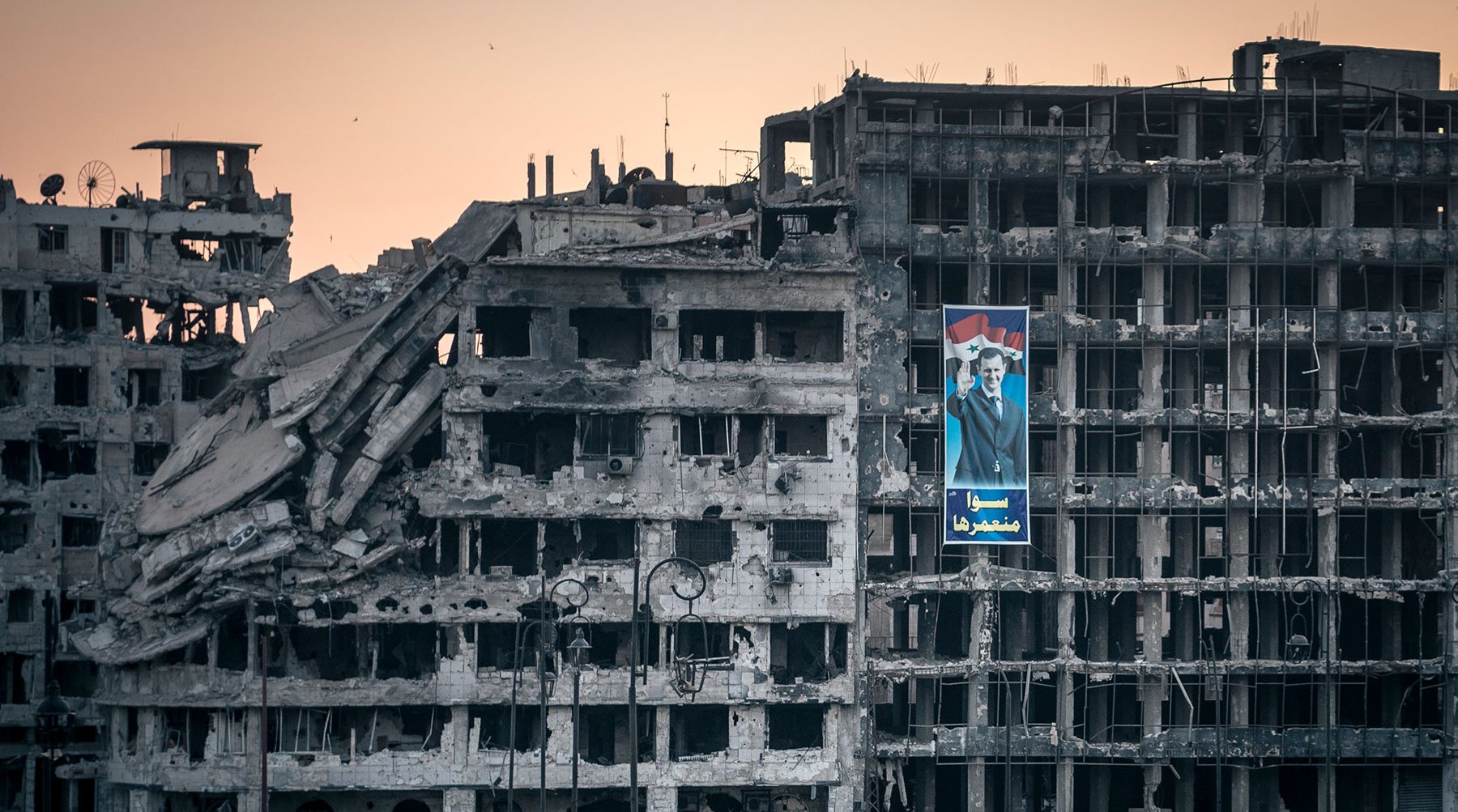
Assad's Syria
Sergey Ponomarev
The New York Times
Over four years the people have become accustomed to the noise of explosions and artillery fire; for the citizens of Damascus it is as commonplace as the sound of traffic. Car owners have switched off their car alarms to avoid disturbing the neighborhood. The pigeons in Marjeh Square still fly off at the sound of an explosion, but the people are used to hearing these sounds of war.
The old city of Damascus is impressive; beauty and tranquility have prevailed over centuries of war. People live in government-controlled areas, but this does not mean they are safe, or leading a normal life, or indeed that they necessarily support the government. Damascus may seem to be a fortress, a capital functioning superficially, but with nearby suburbs that are no-go areas for security forces. Shells can be heard, first being fired from military bases in the mountains above Damascus, and again as they strike outlying rebel-held areas. At first glance, it looks like a normal city, but beneath the surface lie fears and ferment. The air, redolent with spices, is intoxicating, but only in the old city.
There are those who support the government wholeheartedly, although even they increasingly complain about how hard life has become, how difficult the economy is, and about the strain of the ongoing war. There are those who support the regime, arguing that it is “the best of the worst,” i.e. better than Al Qaeda or ISIS which, so they say, would take over if the government fell. And there are still diehard supporters of the opposition, powerless to do anything effective in government-held areas, particularly when not willing to resort to violence. One suburb of Damascus, Ghouta (meaning “gardens” in Arabic), was home to many poor and uneducated Syrians, and is now a Free Syrian Army stronghold.
Preview
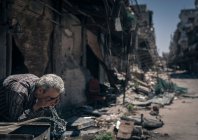
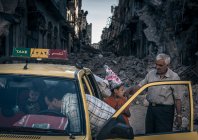

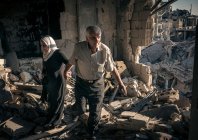
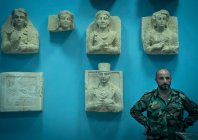
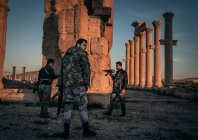
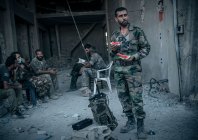
Most striking perhaps is the city of Homs which the government can claim as its greatest victory on the ground. But what victory? After rebels had held the city center for two years, they struck a deal to evacuate civilians first, then fighters. It is hard to describe what is left, hard to find words to convey the scale of destruction. The city has turned into a ghost town, entire blocks reduced to rubble; nothing moves, only birds or loose metal panels clanking in the breeze, there in what was once the bustling heart of the third-largest city in Syria. Nearly a year after Homs was evacuated, little has changed, and only a few, mostly Christian families still live there.
In May, Islamic State militants swept into the historic desert city of Palmyra in central Syria and took control. This was another strategically important victory for ISIS which, just five days earlier, had seized the city of Ramadi in Iraq. Palmyra is significant as it has some of the finest antiquities in the world. Palmyra also has the grim modern landmark of Tadmor Prison where Syrian dissidents have languished for decades. There were fears of looting and destruction of the ancient city of Palmyra, with its columns, tombs and temples dating back to the first century AD.
Today, any semblance of ordinary everyday life has gone. In Damascus, more and more beggars are on the street, as are armed members of the Mukhabarat (secret police) and other security militias. Fuel is expensive and in short supply; the Syrian pound has collapsed against the dollar; and even families in pro-government villages are reluctant to send their sons to join the army as they need them at home to protect their villages. In the predominantly Alawite pro-government coastal area, posters of martyrs are seen everywhere, for nearly every family has lost a relative, and funeral ceremonies are a daily occurrence.
In this environment we journalists are torn between what we see with the naked eye and the pictures that government authorities want us to present. We see some things that fit their narrative, and others that do not; and some aspects are in the eye of the beholder. We often have the impression that we are looking through a series of mirrors, or through frosted glass. What is on the surface? What is deeper? What is real? What is illusion?
Photojournalists have to struggle to get the permission needed, sometimes from government officials, sometimes from individuals who may be afraid of appearing in the photos. Some may call us over to a quiet corner to tell a secret that does not fit the government narrative, but they cannot be photographed. Sometimes the story is one of absence, which, in a way, can be photographed.
Sergey Ponomarev







